SUMMARY
This is AI generated summarization, which may have errors. For context, always refer to the full article.
![[FIRST PERSON] Bringing vaccines to far-flung areas](https://www.rappler.com/tachyon/2021/05/A-Doctor-to-the-Barrio-on-challenges-being-faced-by-GIDA-areas.jpg)
When I first arrived in Datu Blah Sinsuat, Maguindanao, I was amazed by its pristine waters and majestic mountains. It was exhilarating for me since I am an outdoor person and love to go mountain climbing. As days went by and my euphoria subsided, I found out that the health situation here was far more difficult than I had imagined.
Datu Blah Sinsuat is a sixth-class municipality, and all its 13 barangays are considered geographically isolated and disadvantaged areas.
There was no cellphone signal at that time, and electricity was erratic. The main form of transportation is through motorized pump boats, even though it is still connected to the mainland. Other areas can be accessed by a single motorcycle coming from the opposite municipalities where it needs to pass through dangerous paths and cliffs.
These areas are deeply in need of essential health services. When people seek consultation, the transportation cost is too expensive, and sea travel poses a great risk. Some patients are referred to health facilities far too late. Children and pregnant women are the most vulnerable.
When COVID-19 struck, it had a negative impact on the entire healthcare system. There is a pause in the referral system since people are afraid to go to the hospitals. The rural health unit is the only health facility that caters to the health needs of the people. It is now clear that the main strategy to lessen diseases is to prevent them before they happen.

Thankfully, we are not alone in this community effort. We apply the training we received from the Maguindanao Integrated Provincial Health Office (IPHO). We got our COVID-19 vaccines when our turn came. We work with community radio stations to spread important health information.
With the commitment of the government, the local chief executives, health workers, nutrition scholars, and community members, we are able to overcome the challenges we face.
The vaccine journey
The timely vaccination of children and pregnant women is one of the main thrusts of public health. Through proper vaccination, we avoid life-threatening diseases and improve the quality of life especially of children. The cold chain is critical to vaccination because it ensures that the vaccines we give are potent and effective. However, storing and transporting vaccines is far more challenging in areas like ours.
The journey that vaccines make to get to Datu Blah Sinsuat is a long one. Vaccines are transported from the Department of Health’s national storage at the Research Institute for Tropical Medicine in Metro Manila and commercially flown to Awang Airport near Cotabato City (1 hour and 30 minutes) to be received by the provincial vaccine storage facility. Some are in island provinces that need to be traveled by sea.
In Maguindanao, the vaccines are received by the IPHO (1-hour travel) before being distributed to 36 rural health units (RHUs).
Once received in our RHU, unreliable electricity threatens the proper storage, while long sea travel (2 hours) and the hike through mountains (3 to 5 hours) make it vulnerable to sun exposure.
The situation can be improved by stable electricity and investment in infrastructure. Proper training on the cold chain and handling of vaccines among healthcare providers is equally important.
Over the years, we have seen improvement in the overall health situation and infrastructure in our area. Government officials at the national and the provincial level are closely working together to improve power supply and the cold chain.
Hesitancy and misinformation
The greatest threat to vaccination nowadays, though, is not only the accessibility issue, but the vaccine hesitancy that is prevalent in some communities.
Across social media, misconceptions and rampant fake claims abound. Cultural beliefs as well as religion play a factor in people’s distrust in vaccines.
In one instance, during the measles-rubella supplemental immunization activity last 2020, some of our healthcare workers experienced harassment. While they were walking toward a house, a father confronted them about the potential side effects of the vaccine to his baby and gestured to attack them with his bolo or machete.
The right tool that we should use is strong advocacy and timely access to correct health information. Through the partnership with our stakeholders, including formal and informal leaders, we can strengthen and build public trust in vaccines. Vaccines work and save lives. – Rappler.com
This piece is part of UNICEF’s Vaccine Champion series.
In March 2021, the Government of Japan pledged an additional P190 million to UNICEF, strengthening its support to the Philippine government’s COVID-19 immunization response. The funding enables UNICEF to provide around 200 health facilities with vaccine cold rooms, solar refrigerators, and temperature monitoring devices; train over 50 technicians to operate and maintain the new facilities; and equip 500 healthcare facility staff with the necessary skills for its use and monitoring. Other components of the program will include developing immunization policy and procedures; building surveillance and in-country laboratory capacities for the early detection, investigation, and management of vaccine preventable diseases; and management and strengthening of information management systems.
John Paul A. Valencia, MD is a rural health doctor in Datu Blah Sinsuat, Maguindanao.
Add a comment
How does this make you feel?
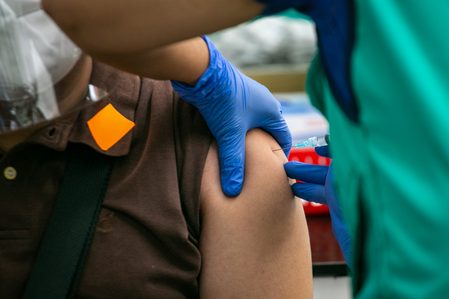
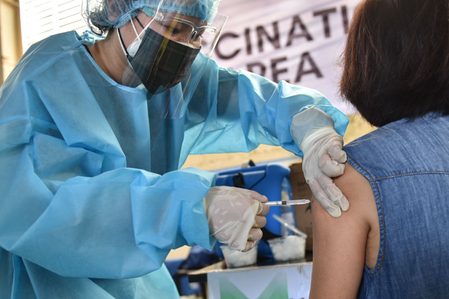


![[Time Trowel] Evolution and the sneakiness of COVID](https://www.rappler.com/tachyon/2024/02/tl-evolution-covid.jpg?resize=257%2C257&crop=455px%2C0px%2C1080px%2C1080px)



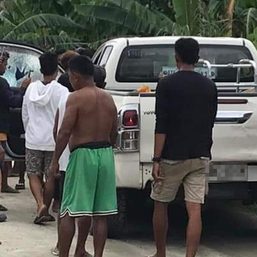
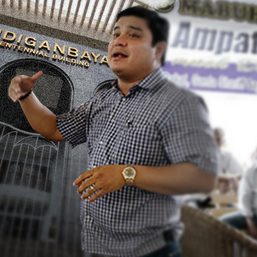
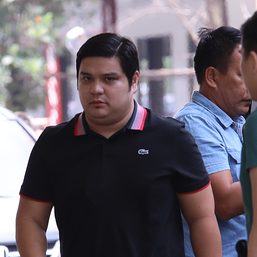
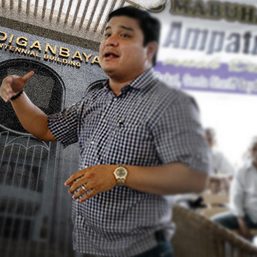
There are no comments yet. Add your comment to start the conversation.